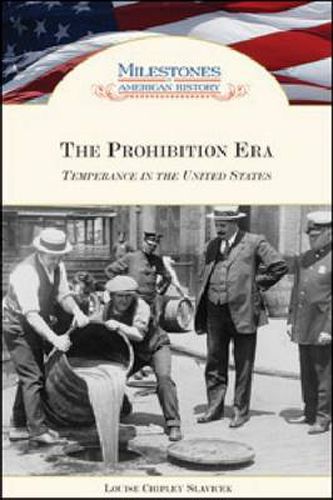The Prohibition Era: Temperance in the United States
Louise Chipley Slavicek

The Prohibition Era: Temperance in the United States
Louise Chipley Slavicek
With the ratification of the Eighteenth Amendment to the Constitution in 1920, the United States became a ‘dry’ nation. For the next 13 years, a period now known as Prohibition, the amendment forbade Americans from manufacturing, selling, or transporting alcoholic beverages until its repeal in 1933. In 1920, Prohibition’s supporters had confidently looked forward to a bright new era of stronger families, lower crime rates, and increased industrial productivity.Yet, their great social experiment was to prove virtually impossible to enforce. Consequently, although per capita alcohol consumption among Americans declined between 1920 and 1933, tens of millions of citizens, including an unprecedented number of women, imbibed regularly throughout the Prohibition years, swilling gallons of ‘bootleg’ liquor smuggled in from abroad or concocted in illegal stills.
The Prohibition Era
examines the social, political, and economic factors that led to the banning of alcohol and its eventual reinstatement as a legal beverage.
This item is not currently in-stock. It can be ordered online and is expected to ship in approx 4 weeks
Our stock data is updated periodically, and availability may change throughout the day for in-demand items. Please call the relevant shop for the most current stock information. Prices are subject to change without notice.
Sign in or become a Readings Member to add this title to a wishlist.

